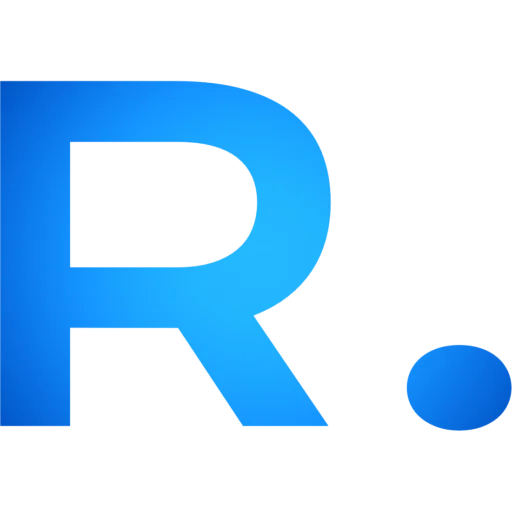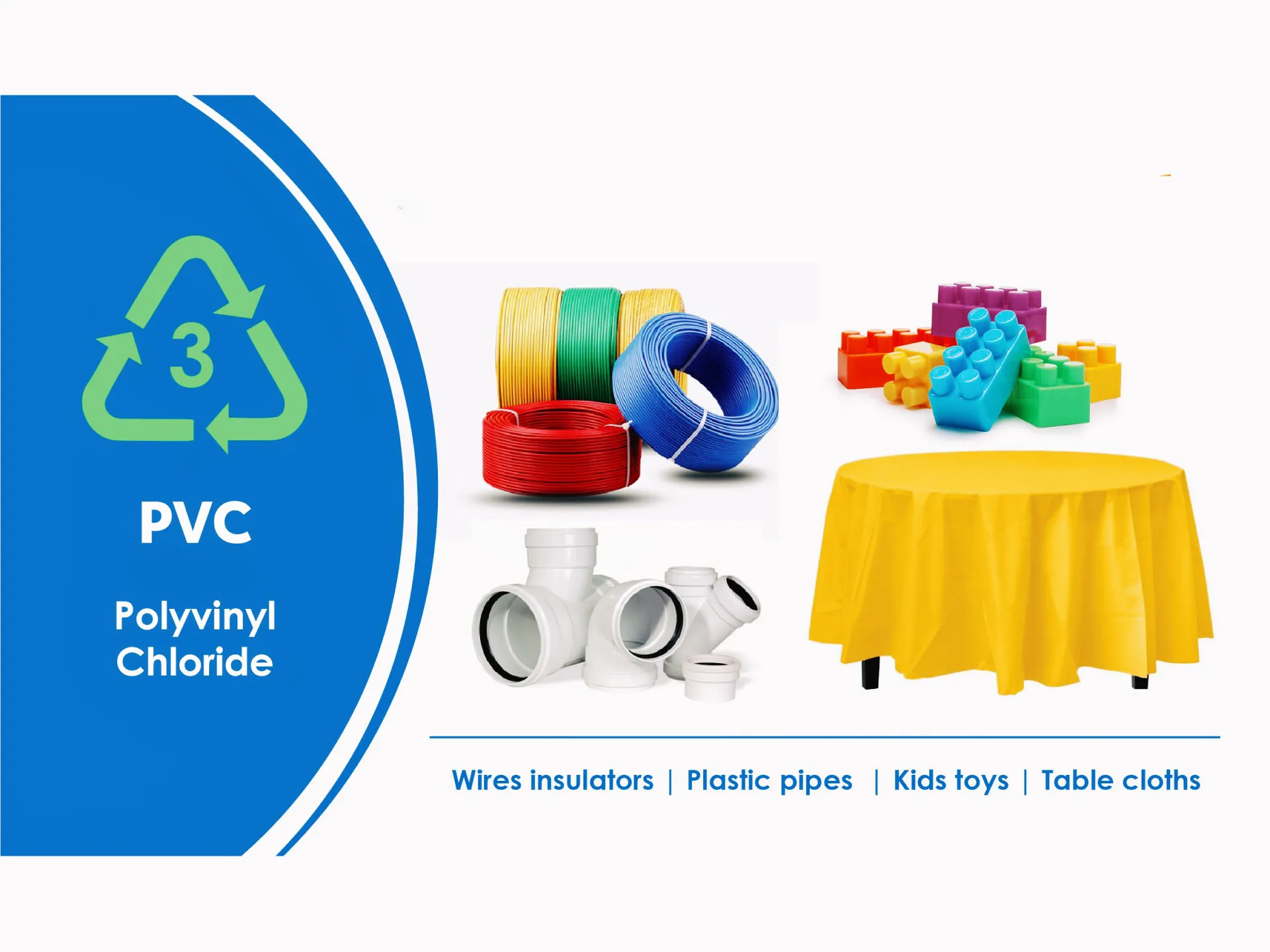Polyvinyl chloride (PVC) is the world's third most-produced synthetic plastic polymer. Global production reached 44.3 million metric tons in 2018 and is projected to reach nearly 60 million metric tons by 2025, making it crucial for facilities managing mixed plastic streams to understand PVC's disposal challenges and recycling solutions.
Global PVC Production Statistics
The PVC market is on a steady growth path. In 2018, manufacturers produced approximately 44.3 million metric tons worldwide, with forecasts estimating nearly 60 million metric tons by 2025. This growth is driven by sustained demand in construction (60% of consumption), packaging (15%), and medical device sectors. Asia Pacific leads in production, accounting for over 50% of global output, with China responsible for approximately 40%. North America and Europe contribute roughly 15% and 18% respectively. This widespread production generates significant end-of-life management challenges that recycling facilities must tackle. PVC Disposal and Recycling Statistics Current Disposal Pathways. The global plastic waste situation is concerning. Annually, the world generates approximately 300 million tons of plastic waste, with PVC contributing significantly to this total. Current disposal statistics show:.
- 79% of plastic waste accumulates in landfills or enters the environment.
- 12% undergoes incineration
- Only 9% is recycled through mechanical or chemical processes
PVC recycling rates are even lower due to composition challenges. The material's additives—plasticizers, stabilizers, and heavy metals—complicate processing and raise environmental concerns when improperly disposed. Regional Waste Generation, Per capita plastic waste generation varies greatly. In 2019, the United States produced approximately 221 kg per person annually, compared to 69 kg in Japan and Korea, and 180 kg across the European Union. These differences reflect variations in consumption patterns and recycling infrastructure maturity.
- The PVC Contamination Challenge Impact on PET Recycling
- A critical issue for recycling facilities is PVC contamination in PET bottle recycling streams. Even small amounts—as low as 50-100 parts per million (ppm)—can compromise entire batches of recycled PET (rPET), leading to discoloration, reduced mechanical properties, and processing failures during pelletizing.
- PVC bottles, labels, and caps inadvertently enter PET facilities, creating quality control challenges. The similar density of PVC and PET makes separation difficult without specialized equipment, resulting in rejected batches and financial losses. Separation Solutions
Modern facilities address PVC contamination through various strategies:.
- Near-infrared (NIR) technology identifies and separates PVC from PET with 95%+ accuracy when properly calibrated, using spectral signatures to divert contaminants.
- While PVC and PET have similar densities, carefully controlled sink-float separation can remove some contaminants, though additional methods are needed for high-purity rPET.
- Advanced Washing Systems: Specialized systems from manufacturers like Energycle Machine incorporate multiple decontamination stages. These systems handle mixed plastic streams effectively, separating and cleaning rigid PVC for dedicated processing rather than allowing contamination of PET streams.
Environmental and Technical Challenges
PVC disposal creates interconnected challenges: - Persistence: PVC can remain in the environment for 100-1,000 years. Approximately 30 million tons of plastic waste have accumulated in oceans, with 109 million tons in rivers.. - Chemical Leaching: Additives like phthalates and lead-based stabilizers can migrate over time, potentially contaminating soil and water resources.
- Incineration Risks: When burned, PVC releases hydrogen chloride and potentially dioxins, requiring sophisticated pollution control systems.
- Processing Variability: PVC formulations vary widely by application. Rigid PVC in pipes contains different additives than flexible PVC in flooring, making standardized recycling difficult.
Current Initiatives
Optičko sortiranjeGovernments and industry are implementing improvements:.
Odvajanje gustoćom- Regulatory Action: The European Union is phasing out lead-based stabilizers and reducing cadmium in PVC products. Extended Producer Responsibility (EPR) programs now require manufacturers to contribute to end-of-life management costs.
- Industry Programs: VinylPlus aims to recycle 900,000 tons annually by 2025, while certification programs like Recovinyl track PVC from collection through processing, ensuring quality standards.- Chemical recycling through pyrolysis can break down contaminated PVC to molecular components. Improved spectroscopy and AI enable more accurate sorting, reducing cross-contamination in mixed streams. Linija za pranje krute plastike za PP, HDPE, PVC Practical Solutions for Facilities.
Equipment Investment
Facilities handling mixed rigid plastics should evaluate:
- Pre-Sorting Technology: Optical sorters with PVC detection prevent contamination in PET lines while diverting PVC for dedicated processing.- Specialized Washing Lines: Rigid plastic washing systems designed to handle PP, HDPE, and PVC simultaneously enable broader material stream processing. These systems incorporate intensive friction washing, hot wash cycles, and advanced dewatering to achieve sub-3% residual moisture—critical for successful pelletizing of rigid PVC regrind.
- Regular testing for PVC contamination using burn tests, density measurements, or handheld analyzers catches issues before they impact operations.Operational adjustments improve PVC handling:.
- Stream Segregation: Maintaining separate collection and processing paths prevents cross-contamination and preserves recyclate quality across all polymer types.: When burned, PVC releases hydrogen chloride and potentially dioxins, requiring sophisticated pollution control systems.
Processing Variability: PVC formulations vary widely by application. Rigid PVC in pipes contains different additives than flexible PVC in flooring, making standardized recycling difficult.
Current Initiatives
Governments and industry are implementing improvements:
Regulatory Action: The European Union is phasing out lead-based stabilizers and reducing cadmium in PVC products. Extended Producer Responsibility (EPR) programs now require manufacturers to contribute to end-of-life management costs.
Industry Programs: VinylPlus aims to recycle 900,000 tons annually by 2025, while certification programs like Recovinyl track PVC from collection through processing, ensuring quality standards.
Tehnološki napredak: Chemical recycling through pyrolysis can break down contaminated PVC to molecular components. Improved spectroscopy and AI enable more accurate sorting, reducing cross-contamination in mixed streams.
Practical Solutions for Facilities
Equipment Investment
Facilities handling mixed rigid plastics should evaluate:
Pre-Sorting Technology: Optical sorters with PVC detection prevent contamination in PET lines while diverting PVC for dedicated processing.
Specialized Washing Lines: Rigid plastic washing systems designed to handle PP, HDPE, and PVC simultaneously enable broader material stream processing. These systems incorporate intensive friction washing, hot wash cycles, and advanced dewatering to achieve sub-3% residual moisture—critical for successful pelletizing of rigid PVC regrind.
Kontrola kvalitete: Regular testing for PVC contamination using burn tests, density measurements, or handheld analyzers catches issues before they impact operations.
Process Optimization
Operational adjustments improve PVC handling:
Stream Segregation: Maintaining separate collection and processing paths prevents cross-contamination and preserves recyclate quality across all polymer types.
Market Development: Estabelecendo relações com compradores de reciclagem de PVC antes da implementação da coleta garante a viabilidade econômica.
Technology Partnerships: Fabricantes de equipamentos como a Energycle Machine oferecem suporte técnico, otimização de processos e treinamento para ajudar as instalações a maximizar as taxas de recuperação e a qualidade do produto.
The Path Forward
: A produção de PVC se aproxima de 60 milhões de toneladas métricas anualmente, exigindo uma infraestrutura de reciclagem melhorada. Embora as taxas atuais de reciclagem sejam baixas, a pressão regulatória, os avanços tecnológicos e o desenvolvimento do mercado para conteúdo reciclado estão criando novas oportunidades.
Para instalações de reciclagem, abordar o PVC requer investimentos estratégicos em equipamentos e otimização de processos. Os desafios técnicos são gerenciáveis com tecnologias modernas de classificação, lavagem e processamento. Instalações que lidam com fluxos mistos de plásticos rígidos que incluem contaminação por PVC precisam de equipamentos especializados que forneçam as capacidades de separação e limpeza necessárias para lidar com esses materiais eficazmente, enquanto protegem os fluxos de reciclagem de maior valor.
À medida que os mercados para PVC reciclado amadurecem e as regulamentações se tornam mais rigorosas, as instalações posicionadas para lidar com esse fluxo de material beneficiarão de melhorias econômicas e redução da concorrência.
Pronto para atualizar as capacidades de manuseio de PVC da sua instalação? : Entre em contato com a Energycle Machine para discutir configurações de linhas de lavagem, metas de capacidade de produção e especificações de qualidade para a sua operação.



